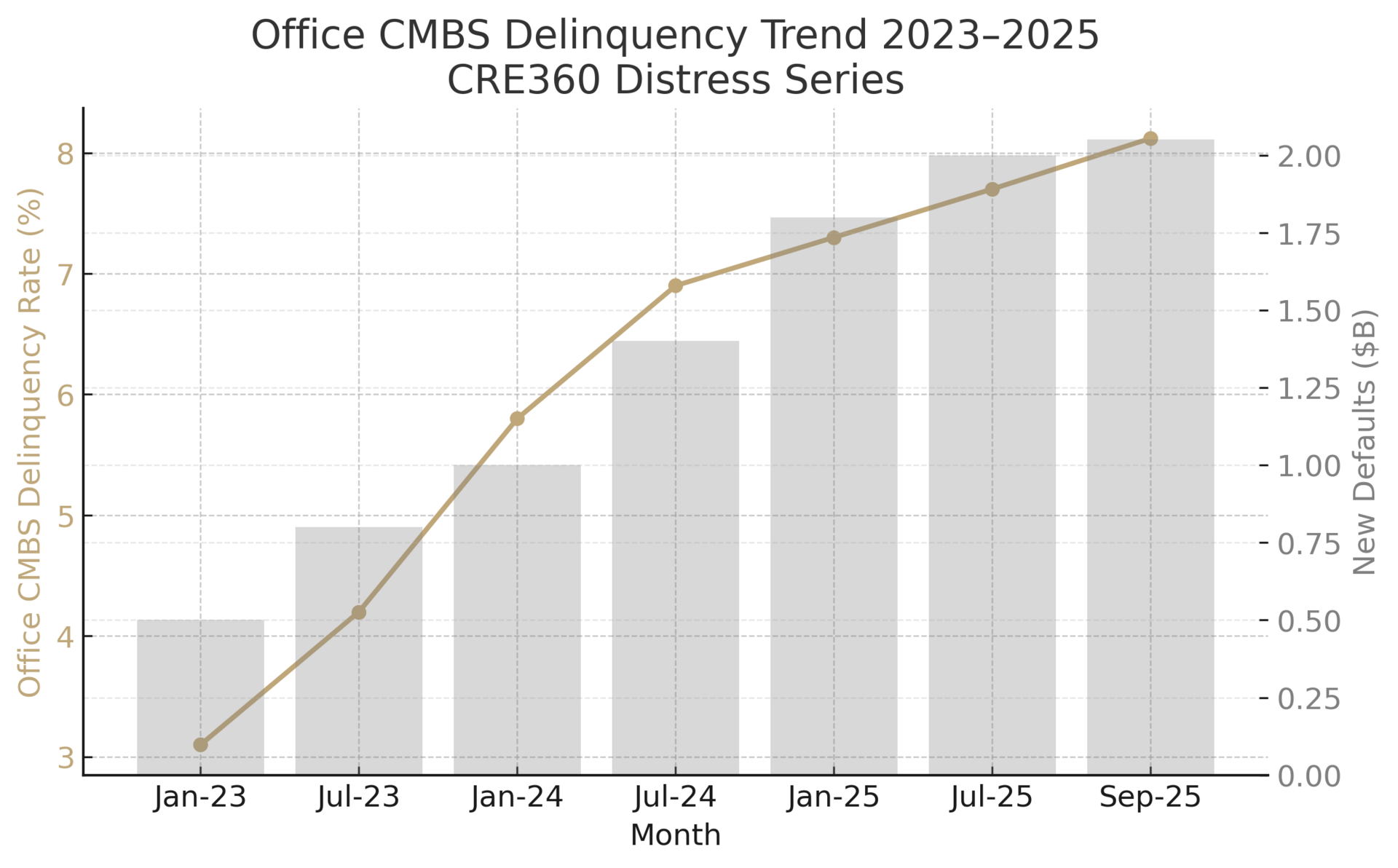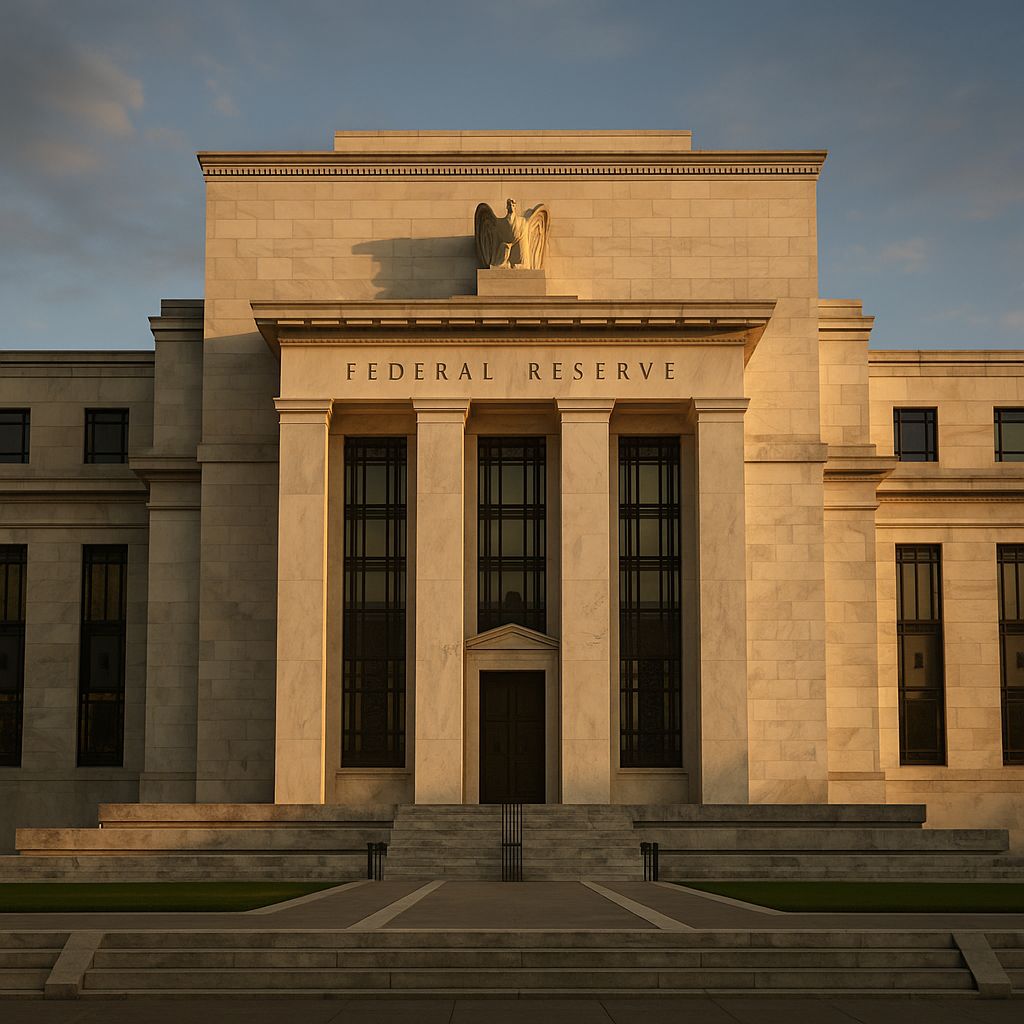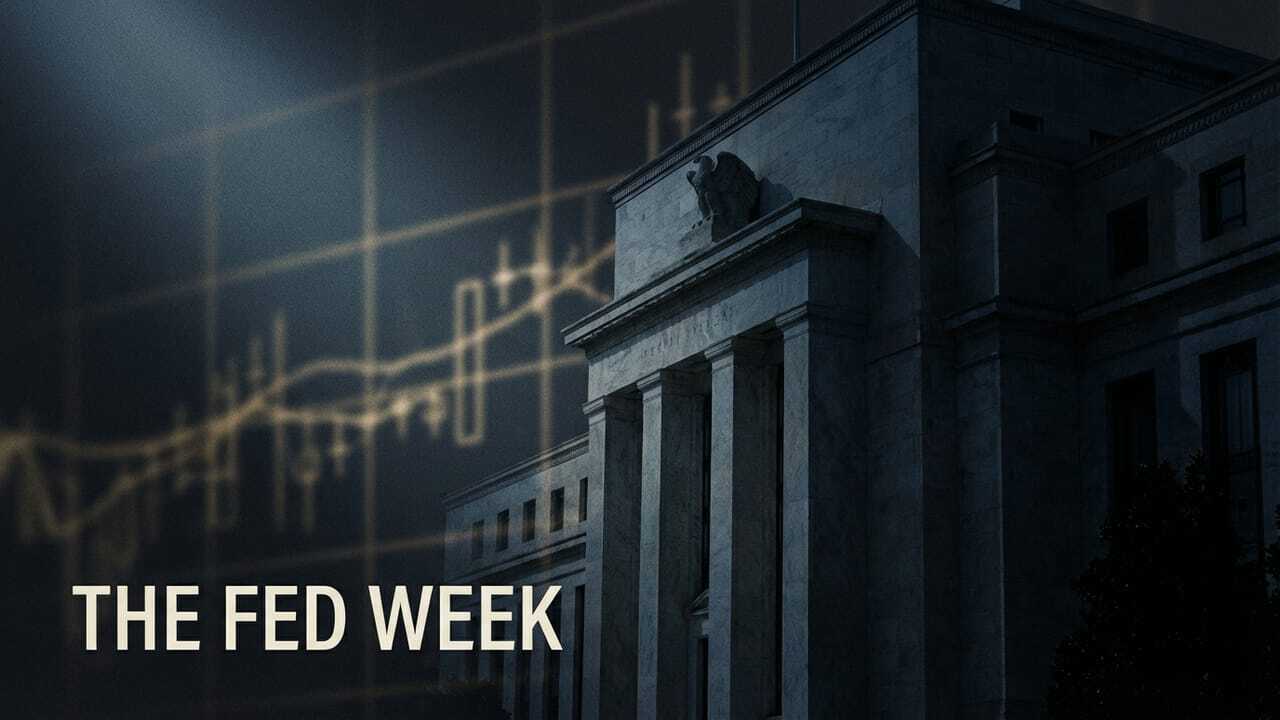
🚨Key Highlights
4.00–4.25 %: New Fed Funds target range after first 25 bp cut since 2022.
10-year yield ↓ 40 bps to ~4.1 %, compressing lending spreads and improving DSCRs.
$129 B CRE fundraising pace in 2025 shows capital liquidity returning.
65 % of executives report better debt availability than a year ago.
30-yr mortgage 6.3 %, lowest since early 2024, signaling easing household credit.
Signal
The Federal Reserve’s return to rate cuts—its first easing move since 2022—marks a subtle turning point in commercial real-estate finance.
By trimming the policy rate to 4.00–4.25 %, the Fed is beginning to unwind a 500 bp tightening cycle that froze credit pipelines and widened bid-ask spreads. Treasury yields fell 40 bps in a month, SOFR retreated toward 3.8 %, and lenders are recalibrating spreads. For developers and owners, that translates into lower coupons and renewed refinancing options. The signal is not exuberance—it’s relief with structure.
Liquidity Thaw
Debt markets are reopening from the top down. Prime borrowers can now secure fixed-rate loans 50 bps cheaper than midsummer, pushing debt-service coverage ratios up roughly 10 %.
Still, lenders remain selective. Regulators note “uneven access,” as trophy assets draw multiple bids while secondary product still faces scrutiny.
Meanwhile, mortgage rates edging down to 6.3 % confirm the transmission: cheaper long-term debt is flowing through to property markets. In turn, refinancing volumes are expected to rise 15–20 % by year-end, aided by cheaper interest-rate hedges.
Dry Powder Mobilizes
Private and institutional equity—about $129 billion in U.S. dry powder—is poised for deployment as rate stability improves.
Fund managers report capital commitments up 25 % YoY, with industrial and multifamily leading pipelines. On balance, buyers sense valuations have bottomed: roughly half of CRE leaders say prices are unchanged from a year ago, a sharp break from 2023’s declines.
This capital is patient but primed. Each 25 bp Fed cut lowers hurdle rates by ~50 bps, improving levered IRRs 2–3 %. That math reignites underwriting confidence.
Operator Behavior
Borrower strategy is shifting from defense to positioning. Owners who weathered high-rate bridge debt are refinancing early, locking new fixed loans near 6 %.
For a $10 million note, that saves roughly $50 k annually—cash now redirected into leasing, amenity, or ESG retrofits. “We finally have breathing room,” said a Midwest multifamily operator. “It’s not 2021 money, but it’s workable capital again.”
Nonetheless, underwriting remains conservative: most lenders still target 1.3× DSCR and cap exit yields flat to +25 bps over 12 months. Discipline, not leverage, defines this phase.
Sentiment Shift
Market psychology is improving faster than transaction counts.
The Real Estate Roundtable’s sentiment index jumped 13 points to 67 in Q3 2025, with 73 % of executives expecting better conditions within a year. That optimism matters—it reduces bid-ask gaps and drives early deal flow.
Meanwhile, cap rates near 5–6 % are holding even as Treasuries fall, implying investors still demand roughly 150 bps of risk premium. If yields drift toward 3.5 % in 2026 as futures imply, that spread becomes a source of upside pricing power.


The easing cycle is set to continue through early 2026 with another 50 bps of cuts expected.
Borrowing costs should trend lower across the credit stack, drawing capital back into stabilized assets first. Lender competition will modestly compress spreads, lifting origination volumes into Q4.
Price appreciation will be restrained but positive—low-single-digit gains led by apartments and logistics. The key risk is uneven liquidity: strong sponsors will refinance smoothly; marginal borrowers will still face tight credit. For capital markets, the discipline of 2024 is becoming the opportunity of 2026.
If rates fall, discipline—not optimism—will determine who benefits.

Reuters — Federal Reserve Policy Statements (Sept 2025), Freddie Mac — Primary Mortgage Market Survey (Oct 2025), Real Estate Roundtable — Q3 2025 Sentiment Index, CRE Daily — Capital Markets Update (Oct 2025)







